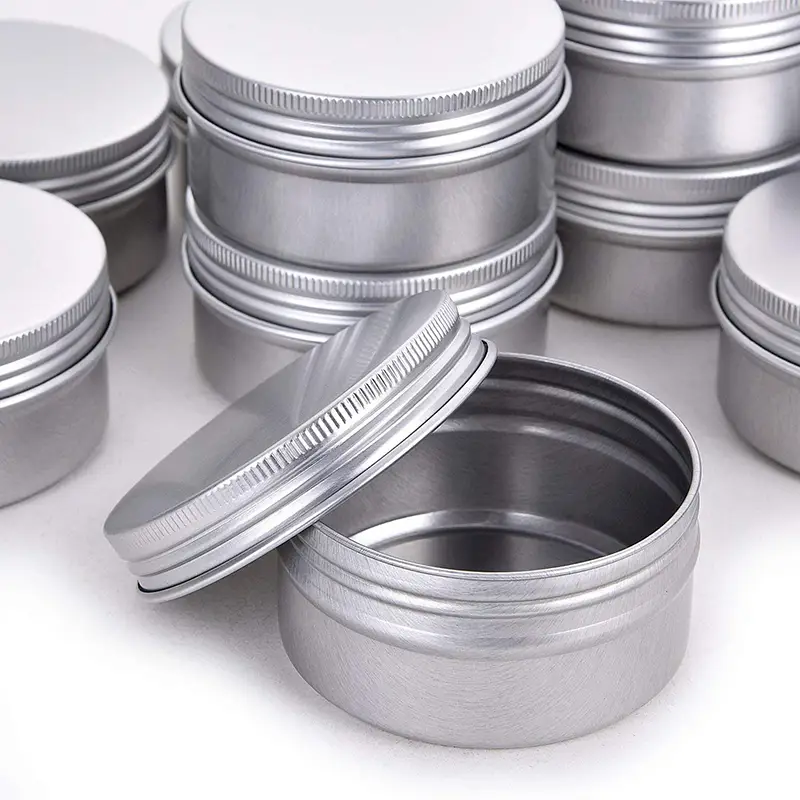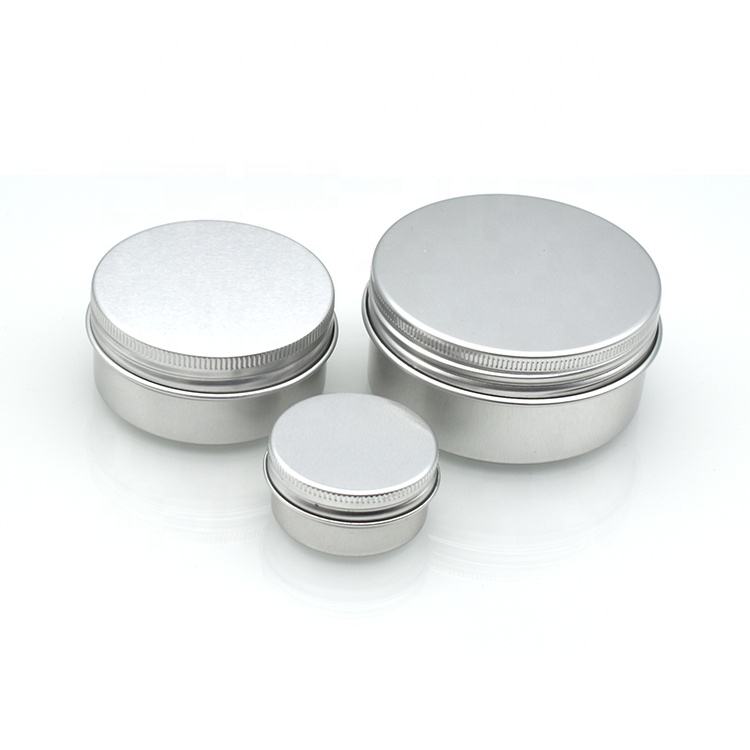It’s easy to forget that aluminum is one of the basic elements of nature. Just review the periodic table of elements from high school and you’ll see that aluminum – with atomic number of 13 – is among the most basic elements. It’s right next to Silicon (atomic number of 14)
The Properties of the Element Aluminum:
Name of Element : Aluminum
Symbol of Element : Al
Atomic Number of Aluminum : 13
Atomic Mass: 26.981539 amu
Melting Point: 660.37 °C – 933.52 °K
Boiling Point: 2467.0 °C – 2740.15 °K
Number of Protons/Electrons in Aluminum : 13
Number of Neutrons in Aluminum : 14
Crystal Structure: Cubic
Density @ 293 K: 2.702 g/cm3
Color of Aluminum : silvery-white
Aluminum bottle have half the CO2 transport related emissions of the equivalent 75cl wine sold in glass packaging.
Wine, in both 200ml and 250ml cans, produces fewer transport related CO2 emissions than other packaging formats.
Compared to glass bottles, to save one tonne of CO2, only 5,330 cases of 250ml slim cans need to be sold.
So it looks like aluminum packaging has a smaller carbon footprint and is cheaper to store and transport! I’m sure winemakers aren’t the only ones who have recognized these advantages and have added aluminum packaging options.

